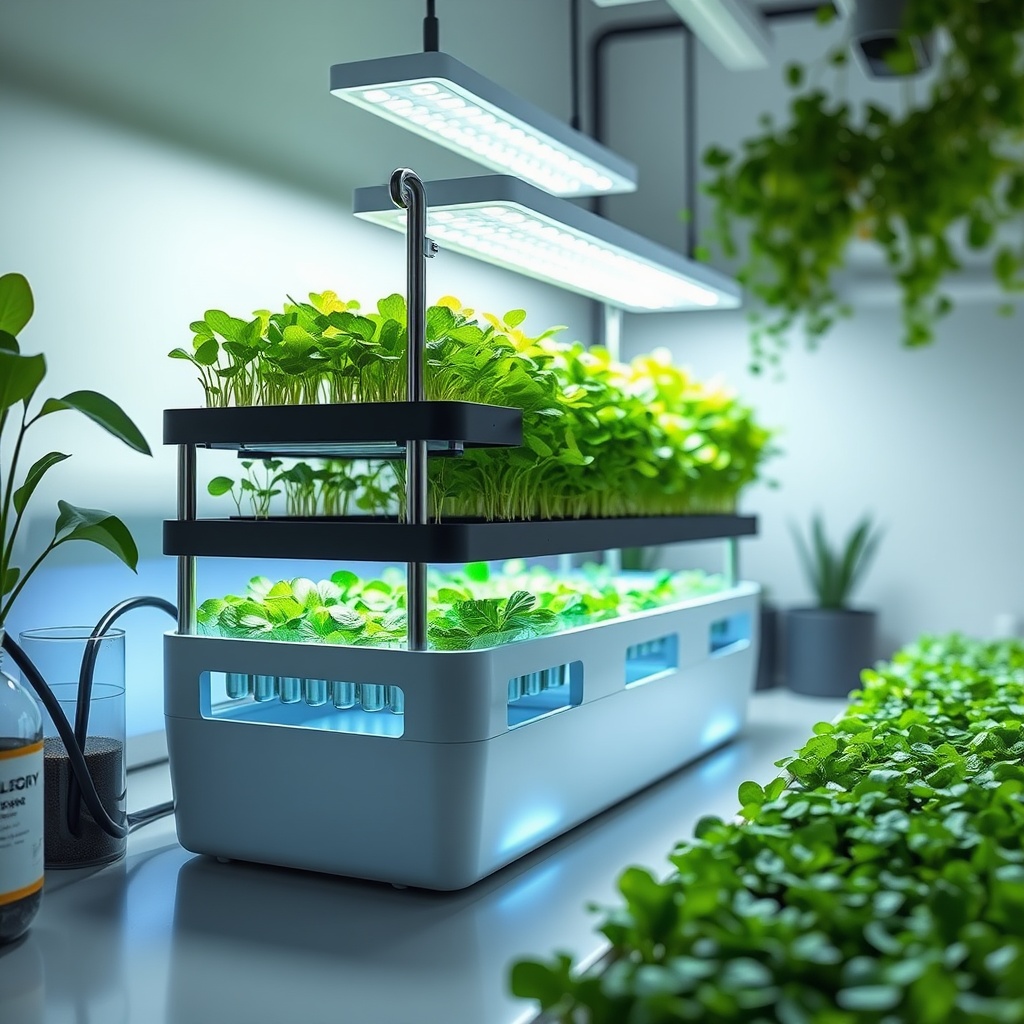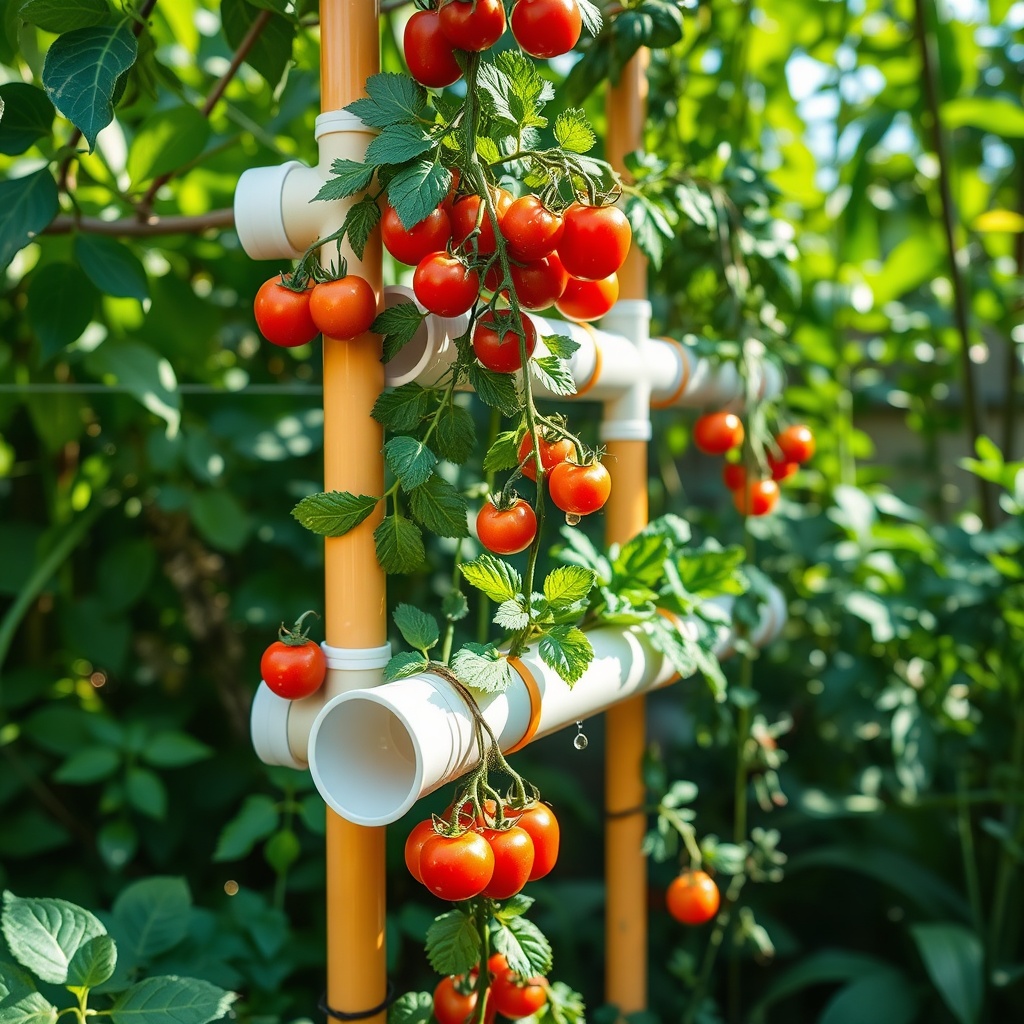In the world of modern gardening, hydroponics has taken center stage, offering enthusiasts a way to cultivate plants without soil. But how do you maximize your space while ensuring your plants get the care they need? The answer lies in designing a multi-tier hydroponic shelving unit. This innovative solution not only optimizes vertical space but also enhances light distribution and accessibility to your plants.
Choosing the Right Materials
The foundation of any successful hydroponic shelving unit starts with selecting the right materials. Depending on your design and intended use, you’ll want to consider the following:
- Durability: Look for materials that can withstand moisture and resist corrosion.
- Weight Capacity: Ensure the shelves can support the weight of your hydroponic systems and plants.
- Ease of Assembly: Opt for materials that are easy to work with, whether you’re building from scratch or using pre-made kits.
Optimal Design and Layout
Once you’ve selected your materials, the next step is to devise an optimal layout. A well-thought-out design can greatly enhance the efficiency of your hydroponic unit. Here are some key considerations:
- Vertical Space Utilization: Multi-tier units allow you to stack plants vertically, making the most of limited floor space.
- Light Distribution: Arrange your shelving to ensure all plants receive adequate light, whether from natural sources or grow lights.
- Accessibility: Design your unit with easy access in mind, allowing you to tend to your plants without hassle.
Maintaining Your Hydroponic System
A multi-tier hydroponic shelving unit not only requires initial planning and design but also ongoing maintenance. Here are some tips to keep your system thriving:
- Regular Monitoring: Keep an eye on nutrient levels and pH balance to ensure optimal growth.
- Cleaning and Sanitizing: Regularly clean your shelving unit to prevent algae growth and disease.
- Adjusting Light and Water: Be prepared to adjust light and water schedules based on plant growth stages.




